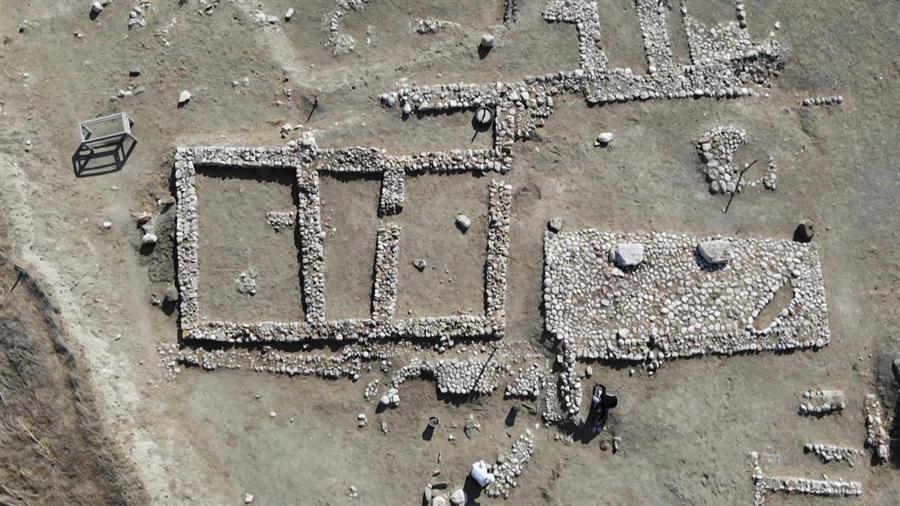Ancient palace dish found in Amasya
AMASRA

Archaeological excavations at Oluz Mound in the northern province of Amasya have unearthed a 2,500-year-old earthenware pot with bone fragments and grains in a Persian-era palace kitchen. The finds that excite scientists point to the ancient dish of Anatolia, keşkek, which is made of meat with bones and grains.
Head of thee excavations, Istanbul University Archaeology Department Professor Şevket Dönmez said, “It is very similar to keşkek, a very popular dish of Anatolia. The shape of the pot we found and the ingredients inside are very similar to today's keşkek culture.”
Reminding that after unearthing the monumental entrance and kitchens of the Persian palace during the excavations that have been going on for 17 years, they also found many animal bones, grain residues and grinding stones, Dönmez said that the 30-centimeter-long pot made of terracotta is large enough to cook a meal for approximately 30 people.
“The pots confirm our thought that this area was the kitchen of the Persian palace. It doesn't look like ordinary family cooking utensils,” he said.
Ten settlements have been unearthed so far during the excavations in Oluz Mound, located 25 kilometers from Amasya. All of these 10 settlements are in a mound formation.
It is observed in the mound an uninterrupted settlement until the end of the Hellenistic years in 100 B.C., from the 4,000-4,500 B.C., the young chalcolithic ages of Anatolia.
















